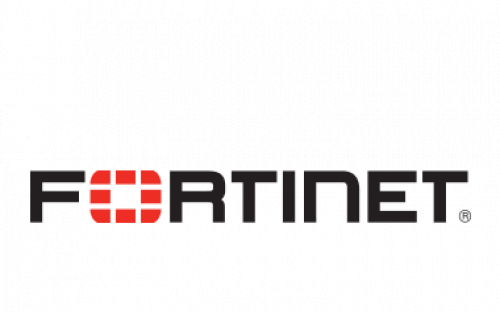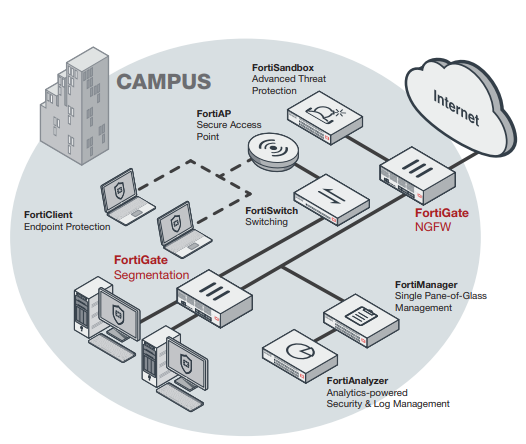
“Partnering with Microsoft Azure gives our joint customers the best of both worlds, combining Azure’s secure infrastructure with Fortinet’s industry-leading next-generation firewall capabilities and best-in-class Secure SD-WAN solution. I also tried to convert it from Dyanmic to Static but still got some errors.John Maddison, EVP of Products and CMO at Fortinet: I have uploaded VHD file to Azure blob storage, but if I tried to create a image using this VHD file, I will get an error to say this is dynamically expanding VHD file. Upload the fortios.vhd file to your blob/storage location as required by your deployment templates.


Once the download is complete, unzip the file and locate the fortios.vhd file. The file name is FGT_VM64_, where XXXX is the build number. Go to Download > VM Image, then select FortiGate as the Product and Azure for the Platform. VHD image files are available from Fortinet Customer Service & Support. You can deploy FortiGate using custom templates or PowerShell from VHD image files. Here is what I copied from that url page:ĭeploying FortiGate-VM from a VHD image file There is a guide page to say it is possible at. Since Fortinet providing VHD image for downloading, I was trying to create a image based on VHD file, but not successful.

Is there anyone know how to deploy FortiGate-VM from VHD image?


 0 kommentar(er)
0 kommentar(er)
